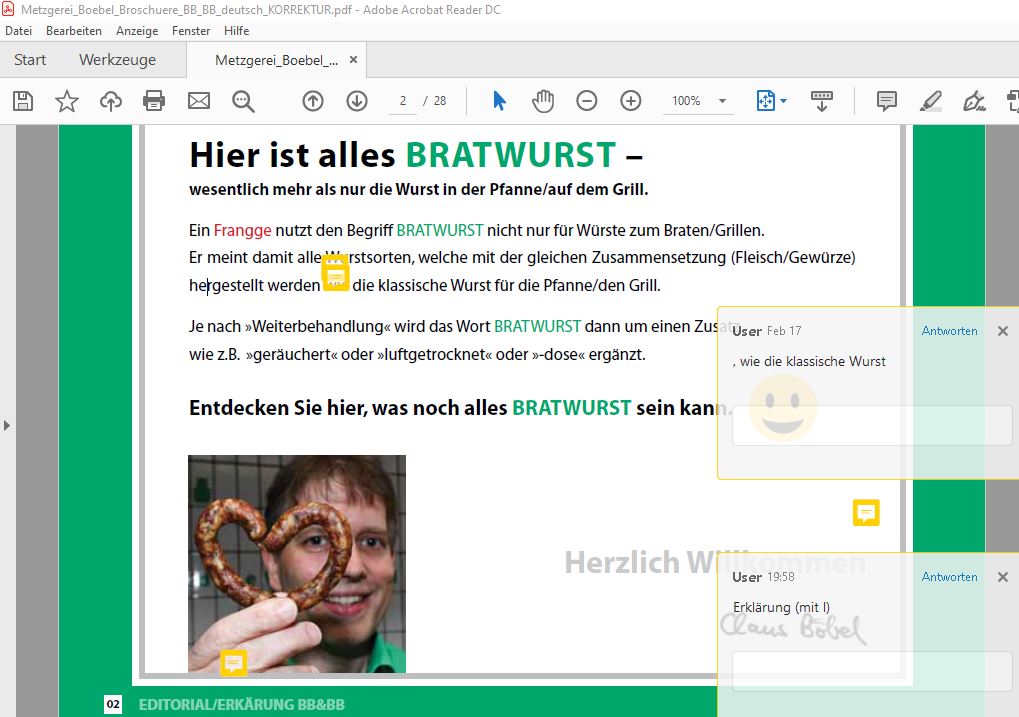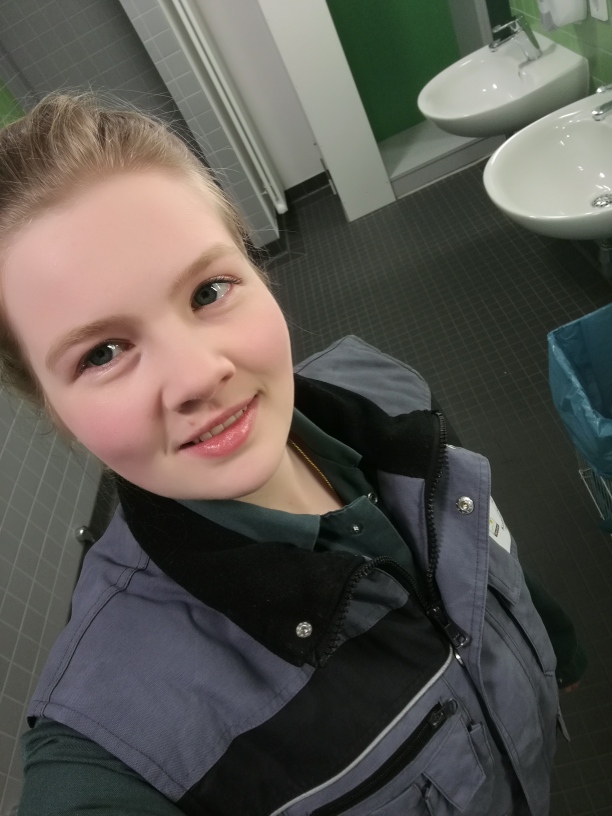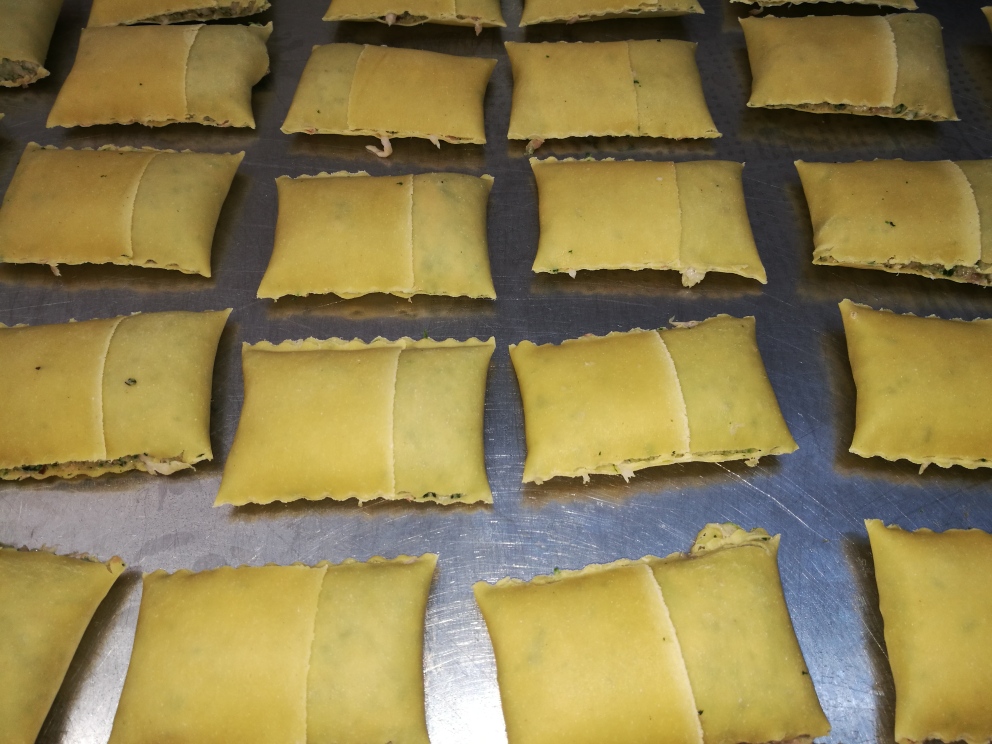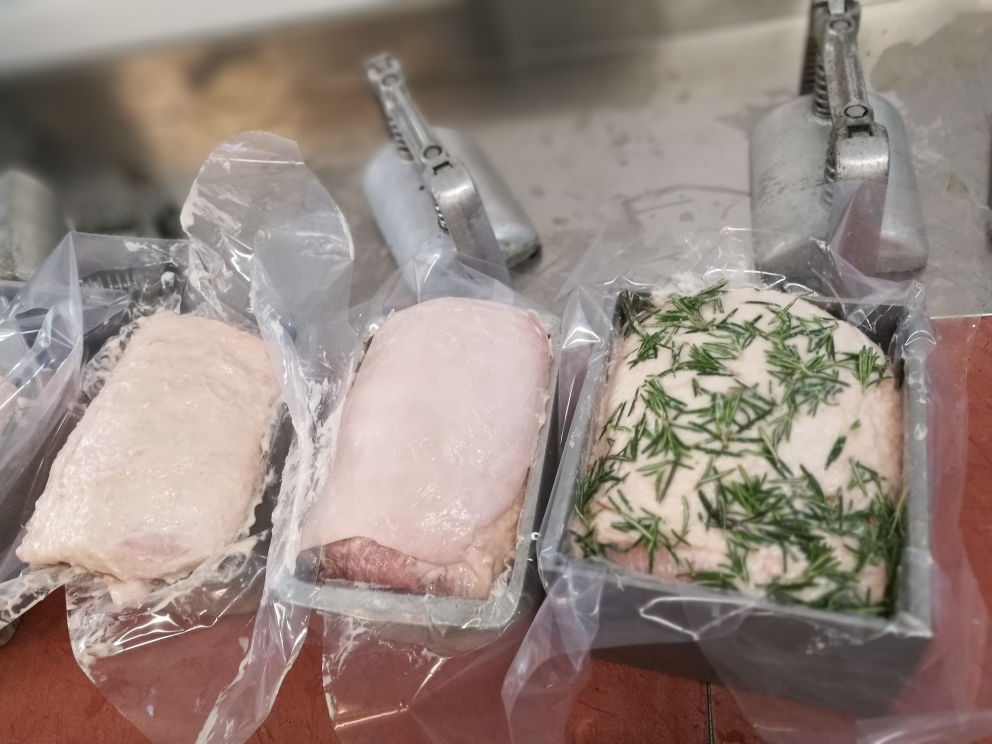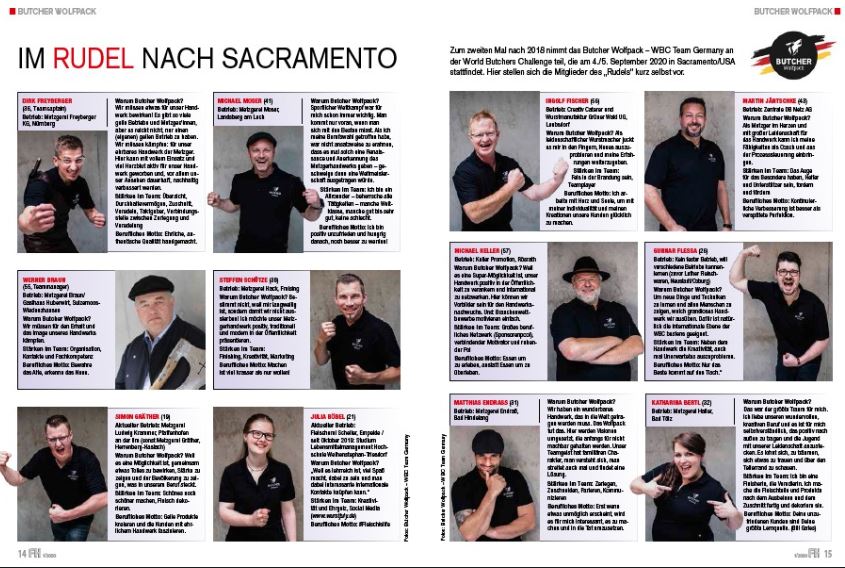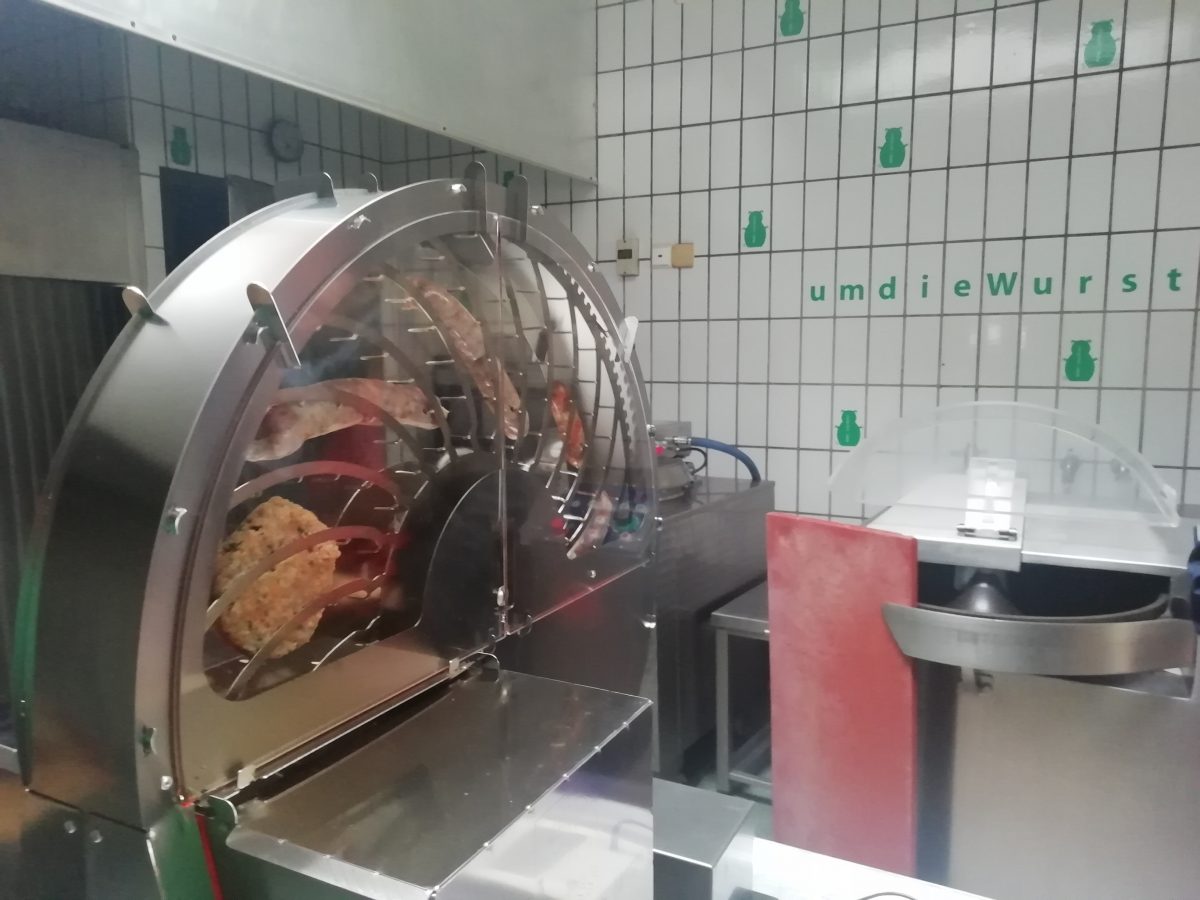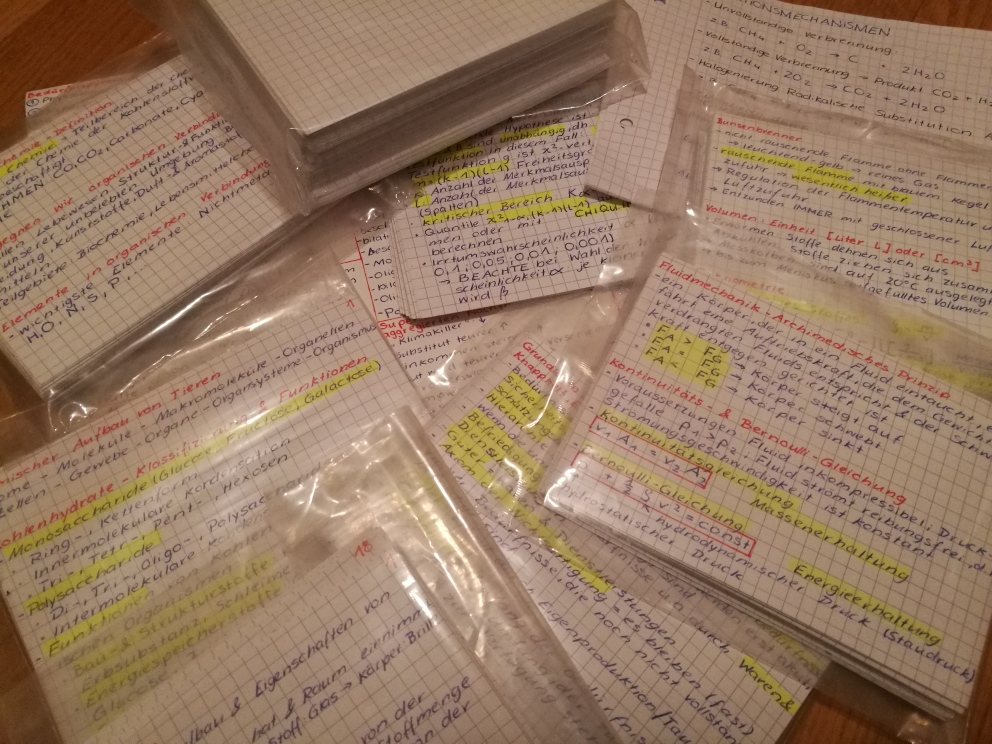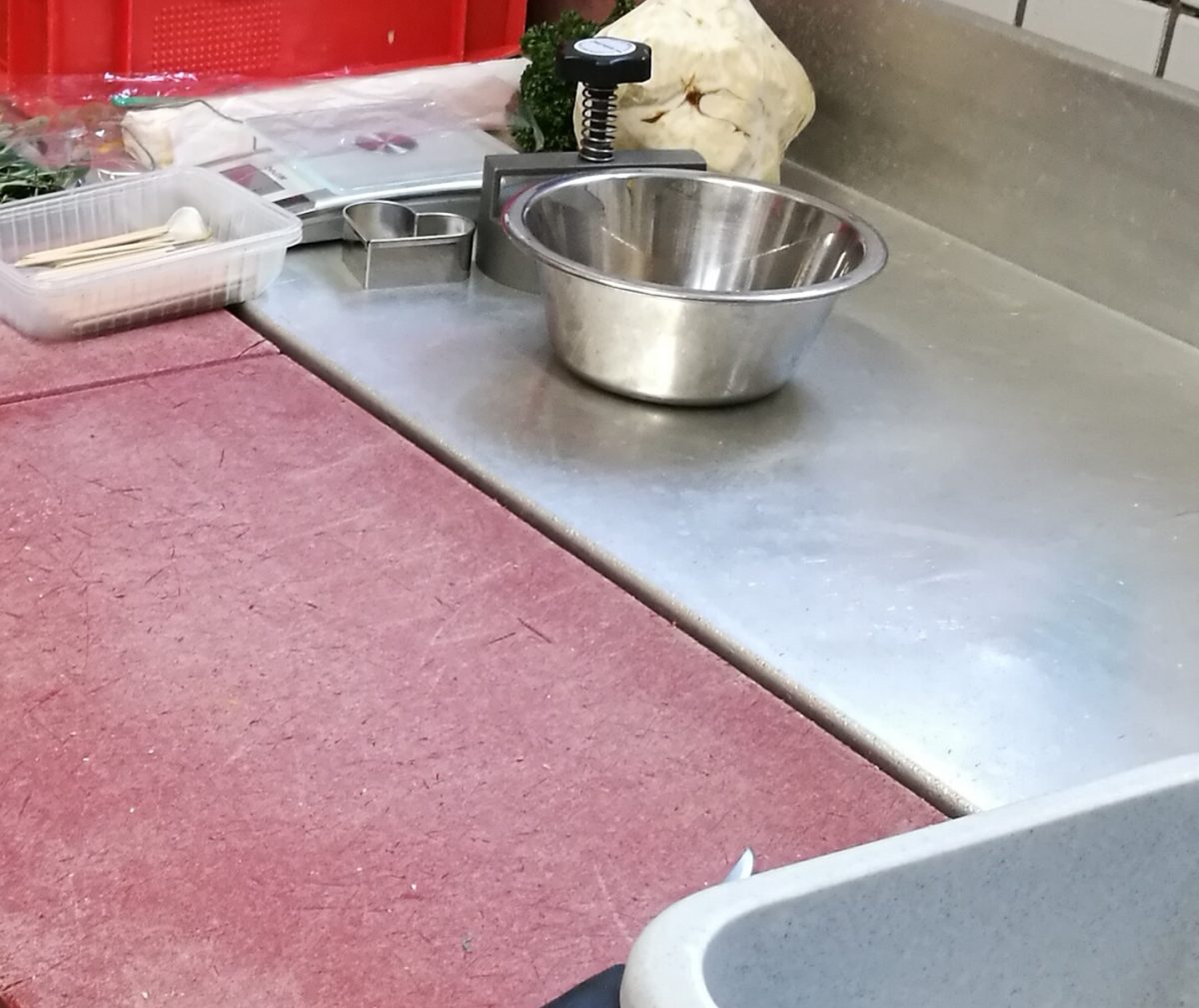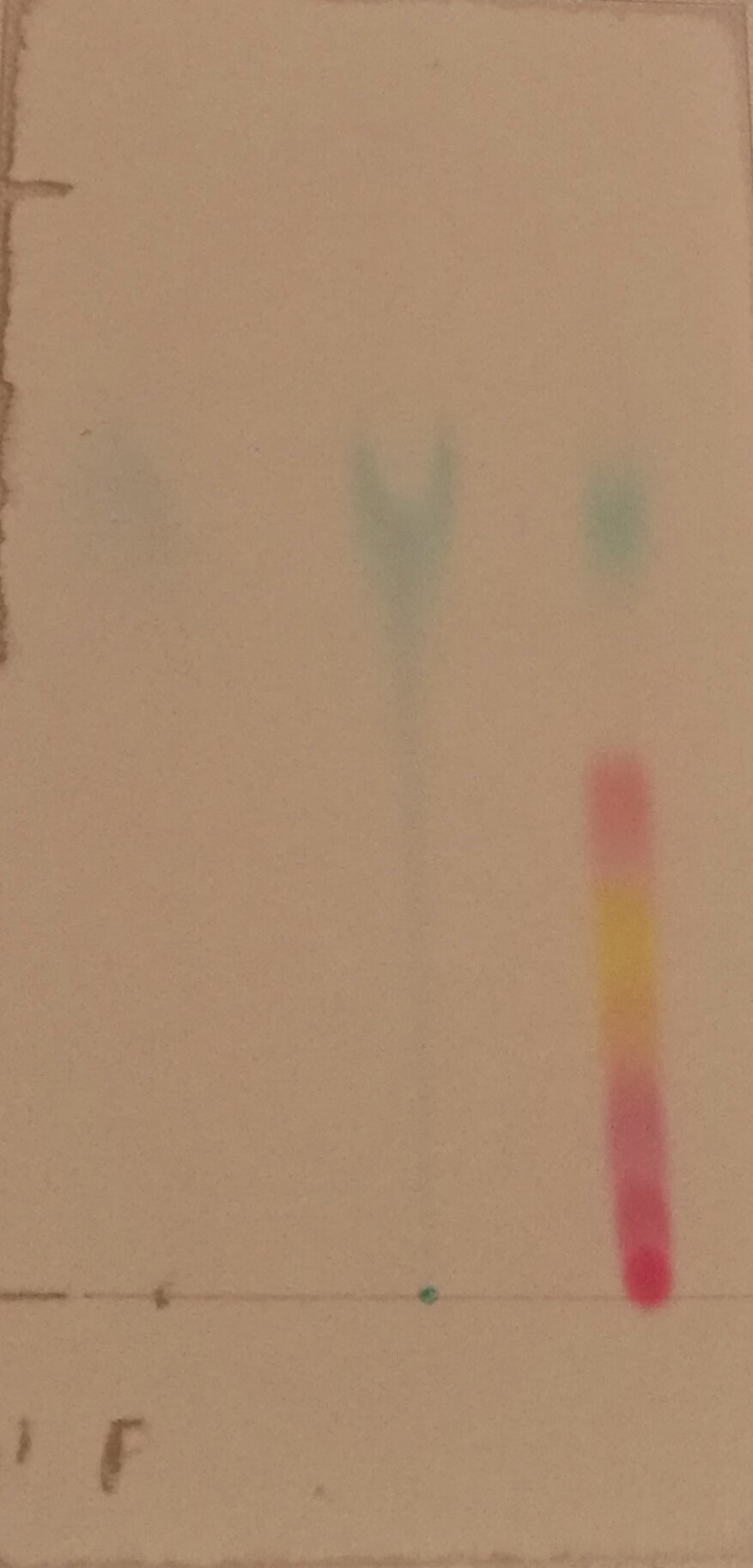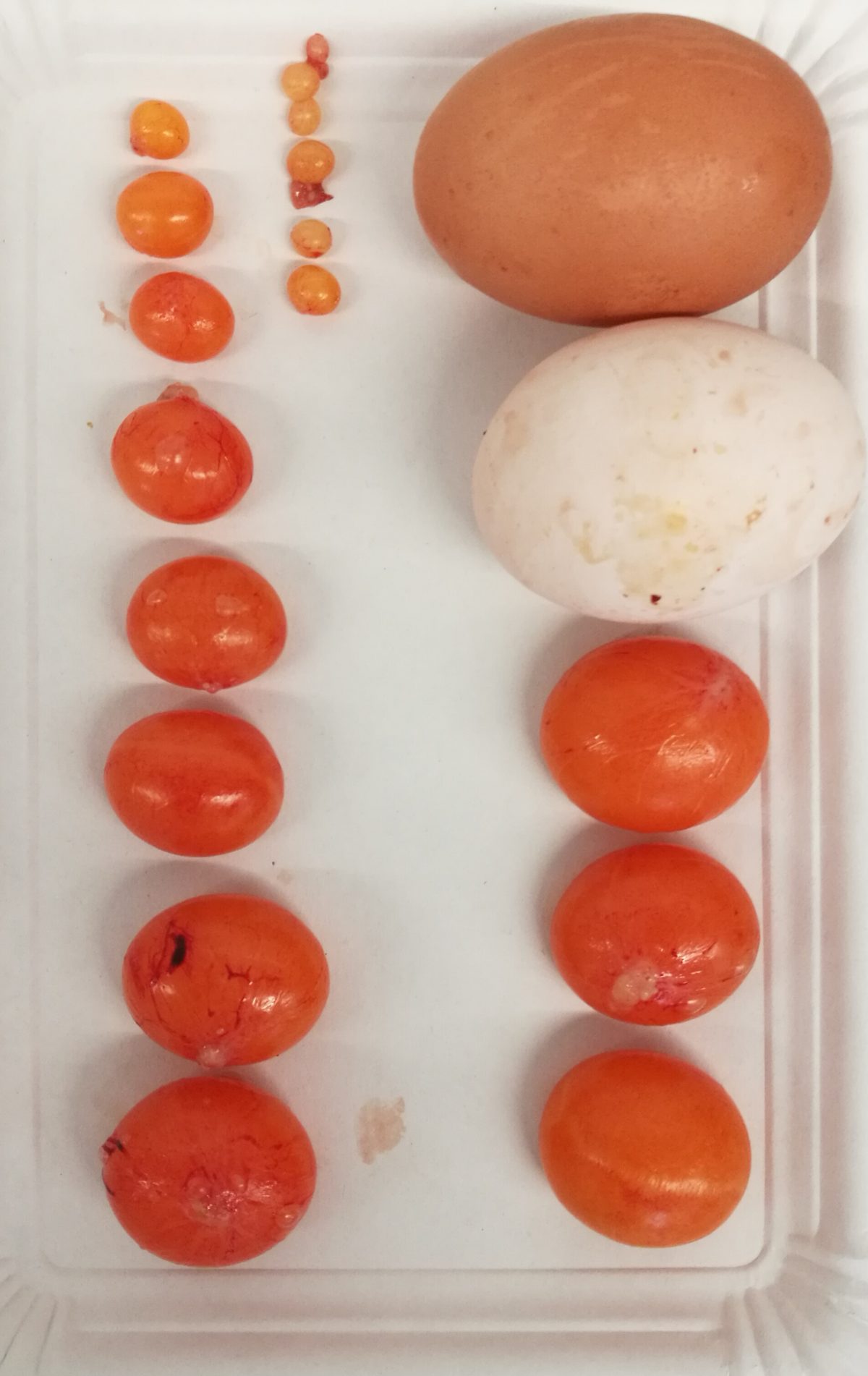So ganz fit war ich bei dem Foto heut gestern früh um kurz nach fünf zwar noch nicht, aber das frühe Aufstehen hat mich um eine Erfahrung reicher gemacht. Die Kühe haben nämlich bereits im Melkstand gewartet, um unter anderem von mir gemolken zu werden. Das habe ich heute im Rahmen des Tierhaltungskurses an den landwirtschaftlichen Lehranstalten in Triesdorf zum ersten Mal gemacht.
Anfangs hatte ich echt Respekt davor – vor allem, dass ich das Anmelken mit der Hand nicht hinkriege – nach ein paar Versuchen hat es aber dann funktioniert und mit jeder weiteren Kuh ging es leichter. Als alle Kühe fertig gemolken waren konnte man dann auch die einzelnen Schritte, die man nacheinander beim Melken durchführen muss, ohne viel darüber nachzudenken durchführen. Vor der Praxis sind wir die Grundlagen des Melkens und was man alles beachten muss in einer Theorie Stunde durchgegangen, damit wir theoretisch wussten was zu tun ist. Theorie ohne Praxisanwendung bringt ja aber meistens nicht viel, also gabs Praxis dann am Morgen.
Wir waren an einem der Tage auch im Melkroboter-Stall und haben uns dort die Funktionsweise, Vor- und Nachteile des Melkroboters angesehen. Danach dann die Liegebuchten der Kühe geebnet und gesäubert, sowie den Mist von den Übergängen geschoben.
Des Weiteren haben wir uns mit der Futterzusammensetzungen, den Stallanforderungen, der Milchqualität/ Eutergesundheit, der Rinderzucht, der Rindermast und der Mutterkuhhaltung beschäftigt. Die Einheit über die Futterbeurteilung war richtig interessant, man unterteilt das Futter in: Eiweiß- & Energiefutter. Das zu Wissen reicht jedoch für die richtige Futterzusammenstellung nicht, denn es spielt eine wichtige Rolle in welcher Form die einzelnen Futterbestandteile vorliegen. Mais sollte beispielsweise geschrotet sein, damit die Nährstoffe im Pansen aufgenommen werden können.
An zwei Tagen in der letzten Woche waren wir auch im Schweinestall. Dort haben wir uns näher damit befasst, wie die Abteile aufgebaut sein sollen – Spielzeug ist dort sehr wichtig, damit die Schweine beschäftigt sind und sich nicht gegenseitig verletzen. Am zweiten Tag haben wir uns dann unter Aufsicht um die Fütterung, Kontrolle der Abteile und der Tiere gekümmert.
Die Geflügel- und Schafhaltung wurde uns auch in den jeweiligen Ställen nähergebracht. Genauer gesagt wurden wir informiert über die verschiedenen Haltungsformen, Tierrassen, Futter und viele weitere Dinge, die es bei der Haltung zu beachten gilt.
Und auch über Bienen gab es eine Unterrichtseinheit, denn als „Bestäuber“ in der Pflanzenwelt spielt die Biene natürlich auch eine wichtige Rolle in der Landwirtschaft.
Ich bin echt froh, dass dieser Kurs Teil meines Studiums ist, sonst hätte ich mich wahrscheinlich nie so intensiv mit der Tierhaltung befasst und was alles dahinter steckt. Genau das war aber Ziel des Kurses, uns Lebensmittelmanagementstudenten die Tierhaltung näher zu bringen.
Die Arbeit unserer Landwirte sollten wir echt mehr wertschätzen, denn um deren Tätigkeit auszuüben ist viel Know-How gefordert. Und letztendlich erhalten wir Metzger dadurch, dass der Landwirt sein ganzes Wissen richtig einsetzt eine gute Fleischqualität und so die Zufriedenheit unserer Kunden.
Ich kann euch nur nahelegen so einen Kurs einmal zu belegen, dann wisst ihr wovon ich spreche.
Animal husbandry class
I haven’t been fully awake at this photo yesterday morning shortly after five o‘clock, but getting up this early was worth it. The cows have been waiting already, to be milked by my classmates and me. It was the first time for me in the course of this class at the agricultural school in Triesdorf.
I have to admit, I had a little bit respect of milking cows – in particular of milking a little bit by hand to check the quality – but after trying it a few times it got better with each cow. The steps we had to follow got kind of a routine after we were finished with all cows. We had a theoretical class to the theme: milking as well, so we knew what to do theoretically. Theory without practice is not very efficient, so we were milking yesterday morning.
We spent one of the days in milking robot stable, there we talked about how this robot works and the pros and cons of it. After this we were cleaning the organic bedding of the cows and got rid of dung in the aisle.
In addition to this we were talking about feed composition, requirements for a stable, milk quality/ udder health, cattle breeding and cows in suckler herds. The unit about feed composition was very interesting, the feed gets separated in two big groups: protein- & energy-feed. But to know this, is not enough to get the right feed composition, because it is also important in which form you are mixing the components together. Corn should be shredded for example, the nutrients can’t be absorbed otherwise in the rumen.
On two days of this week we were in the pigsty. There we analysed the different sections and talked about what is important to be there – toys are very important, so the pigs have something to do and don’t start to hurt each other. At the second day there, feeding, checking the compartments and pigs was our job.
To get to know more about poultry and sheep farming, we were in the particular stables. We got informed there about the certain farming practices, different poultry/ sheep breeds, feed and a lot more things, which are important to take care of if you keep animals.
And last but not least the bees. Because they are having a very important position in agriculture as they are pollinating our useful plants.
I am grateful this class was part of my studies, otherwise I wouldn’t have dealt with animal husbandry as much as the last week. But this was exactly the aim of this class – teaching us foodstuff management students more about agriculture.
We should appreciate the work of our farmers more, because they need to have a great know-how for doing their job. And not to forget, we butchers are getting good quality meat and satisfied customers, because the farmer uses his knowledge about agriculture.
I can recommend you doing such a course once, to know what I am speaking of.

